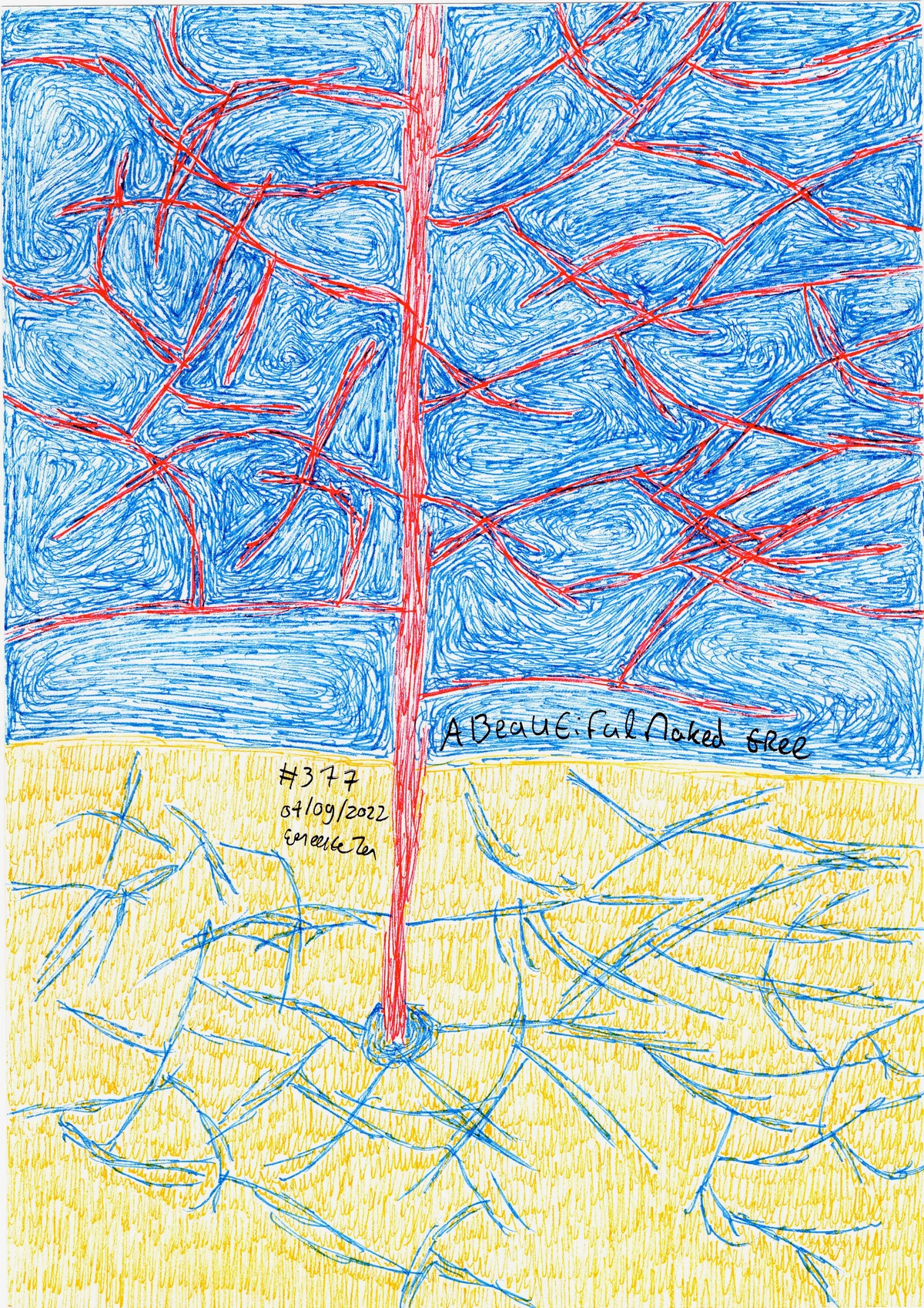
Unlock Abstract Expression: My Guide to Pigment Sticks
Unlock abstract expression with pigment sticks. Learn techniques for vibrant color, luscious texture, and spontaneous mark-making. My personal guide to mastering this versatile oil medium.
Exploring Pigment Sticks: A Versatile Medium for Abstract Artists
I have a confession to make. For years, I was a creature of habit in my studio. My acrylics, my charcoal, my inks – they were my comfort zone, my trusted companions in the messy, beautiful dance of abstract creation. Then, a few years back, I stumbled upon pigment sticks. Or, to be more accurate, they stumbled into my cart during a late-night, overly enthusiastic art supply browse. And let me tell you, it was like discovering a secret level in a video game I thought I'd mastered. These chunky, creamy sticks of pure color have utterly transformed how I approach my abstract work, adding a layer of spontaneity and luscious texture I didn't even know I was missing. This article is my personal guide, sharing why I've fallen for these incredible tools, how you can harness their power to push the boundaries of your abstract art, and some hard-won lessons I've picked up along the way.
So, What Are Pigment Sticks, Anyway? (And Why You Should Care)
But before I wax poetic about my personal journey, let's get down to the nitty-gritty of what these fascinating tools actually are. Think of pigment sticks as oil paint in a solid, crayon-like form. It's like your favorite tube of oil paint decided to take on a more portable, direct personality – less squeeze, more scribble! While oil paint in tubes emerged in the 19th century, the concept of solid, oil-bound pigments is far older, echoing the earliest forms of drawing and painting. We're talking centuries, even millennia, stretching back to prehistoric cave paintings where pigments mixed with animal fats were applied directly. Later, medieval artists might have used solid tempera sticks, or Renaissance masters could have ground pigments with oils to create drawing crayons – not exactly pigment sticks as we know them, but certainly their ancient ancestors, providing a direct, tactile way to apply color. It makes me wonder what a cave artist would have done with a Sennelier Oil Stick!
Unlike oil pastels, which are bound with wax, pigment sticks are primarily pure pigment mixed with a small amount of oil and wax, allowing them to remain firm. This means they carry the incredible richness and blendability of traditional oil paint but without the need for brushes, palettes, or excessive solvents (though a little solvent can be your friend, more on that later). Brands like R&F Pigment Sticks are known for their buttery consistency, perfect for luscious impasto. Sennelier Oil Sticks are often praised for their softness and intense pigmentation, melting onto the surface. And then there are Gamblin Oil Sticks, offering a firmer feel and excellent lightfastness, great for more defined marks or working in warmer climates. Each brand offers a slightly different tactile experience, so choosing one often comes down to personal preference for softness, firmness, and how much "give" you want from your stick. If you're just starting, grab a few different ones and see what sings to you.
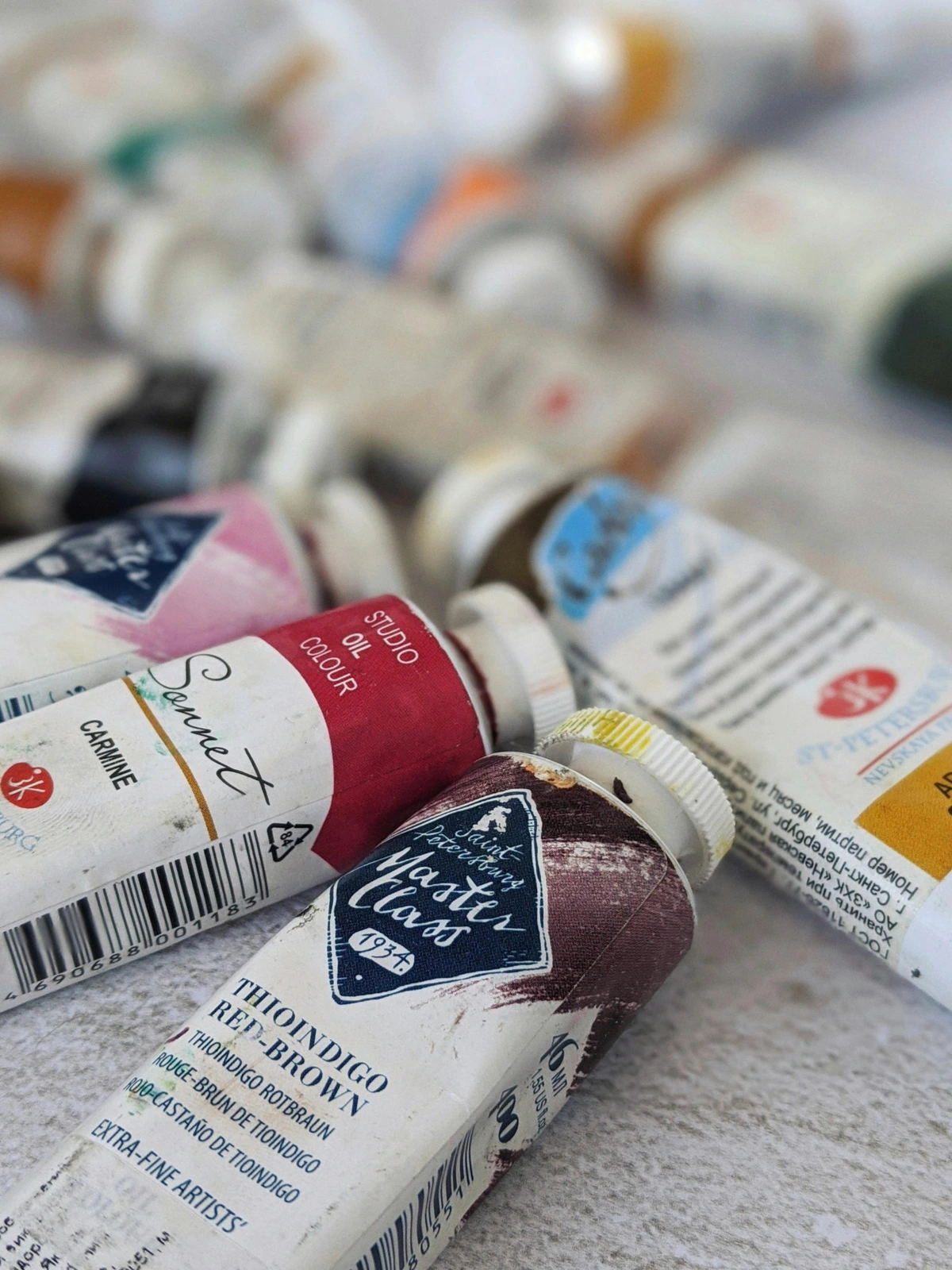
These concentrated bursts of color offer an immediacy that brushes sometimes can't. For an abstract artist like me, who often works on instinct and embraces happy accidents, this direct application is a game-changer. It's about getting straight to the point, putting down color and mark without a barrier.
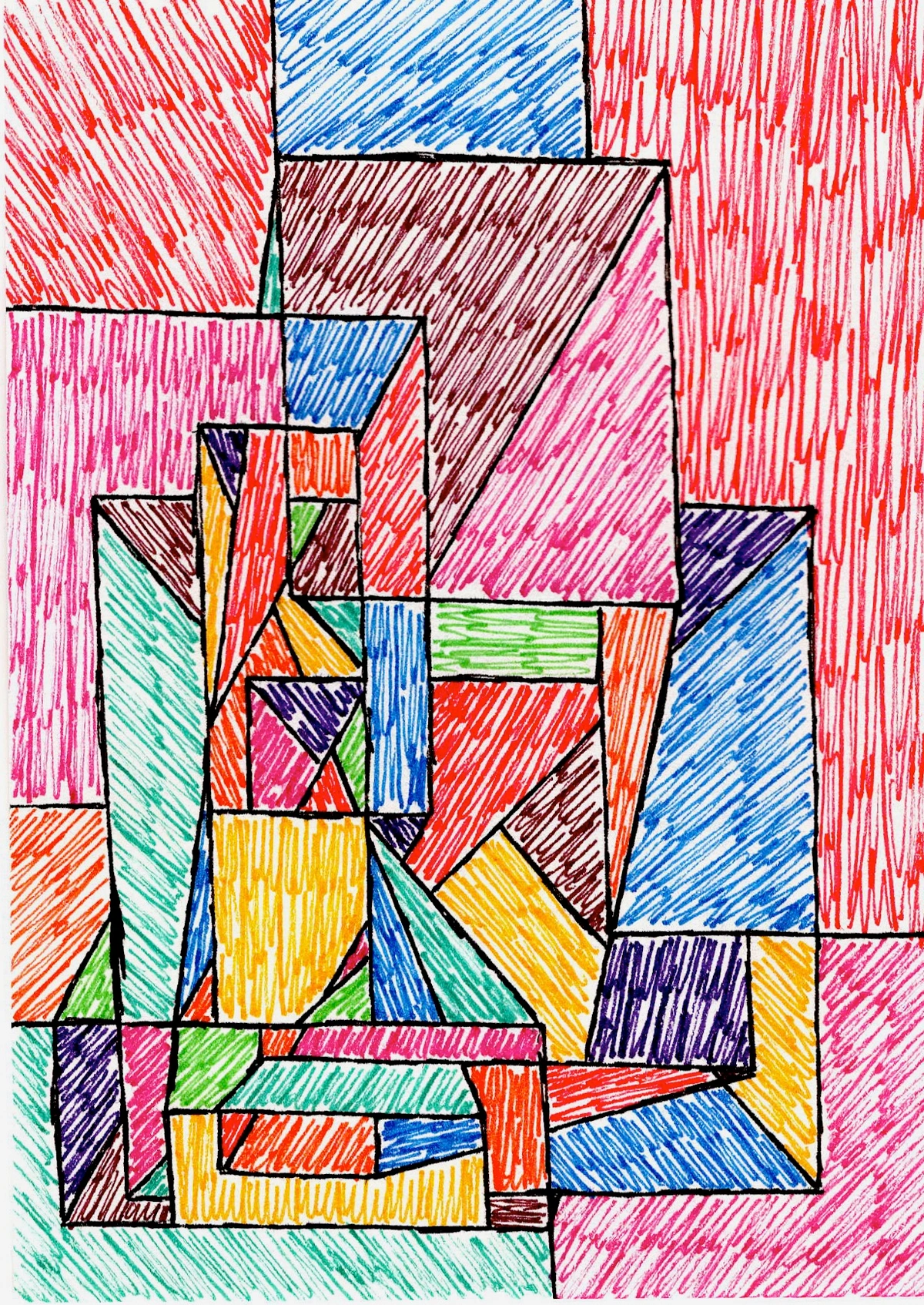
Why I'm Head Over Heels: The Abstract Artist's Dream
But beyond the technical specifications and fascinating history, it's the feeling and experience of using pigment sticks that truly sets them apart for me as an abstract artist. While the technical aspects are impressive, it's the profound emotional and expressive impact of pigment sticks that has truly captured my artistic heart, adding layers of expression I didn't anticipate. My artistic journey has always been about translating emotion into something tangible, finding my voice through color and texture. When I first laid a pigment stick onto a canvas, it felt like a direct extension of my hand, my thought process. There was an instant connection, a visceral thrill I hadn't quite felt with other mediums.
The Texture Talk: A Tactile Revelation
Oh, the texture! It's practically a love language for abstract artists, isn't it? But what is it about texture that speaks to us, calling us to explore beyond flat surfaces? For me, it's the raw, visceral experience of the surface, the way light dances across an uneven plane. Pigment sticks are absolute magicians in this regard. They allow for such thick, buttery applications that stand proud on the surface, creating wonderful ridges and impasto effects that just beg to be touched (though, you know, don't actually touch the wet paint!). I'm always looking for ways to add depth and visual interest, and these sticks deliver in spades. You can build up layers, creating a topographical map of your creative energy, each stroke a peak or valley in your artistic landscape. Of course, achieving super fine lines and razor-sharp details might be a challenge with these chunky tools, but that's precisely their charm – they invite a bolder, less constrained approach. If you're as obsessed with tactile surfaces as I am, you might find some kindred spirit in my thoughts on exploring texture in abstract art: techniques and materials.
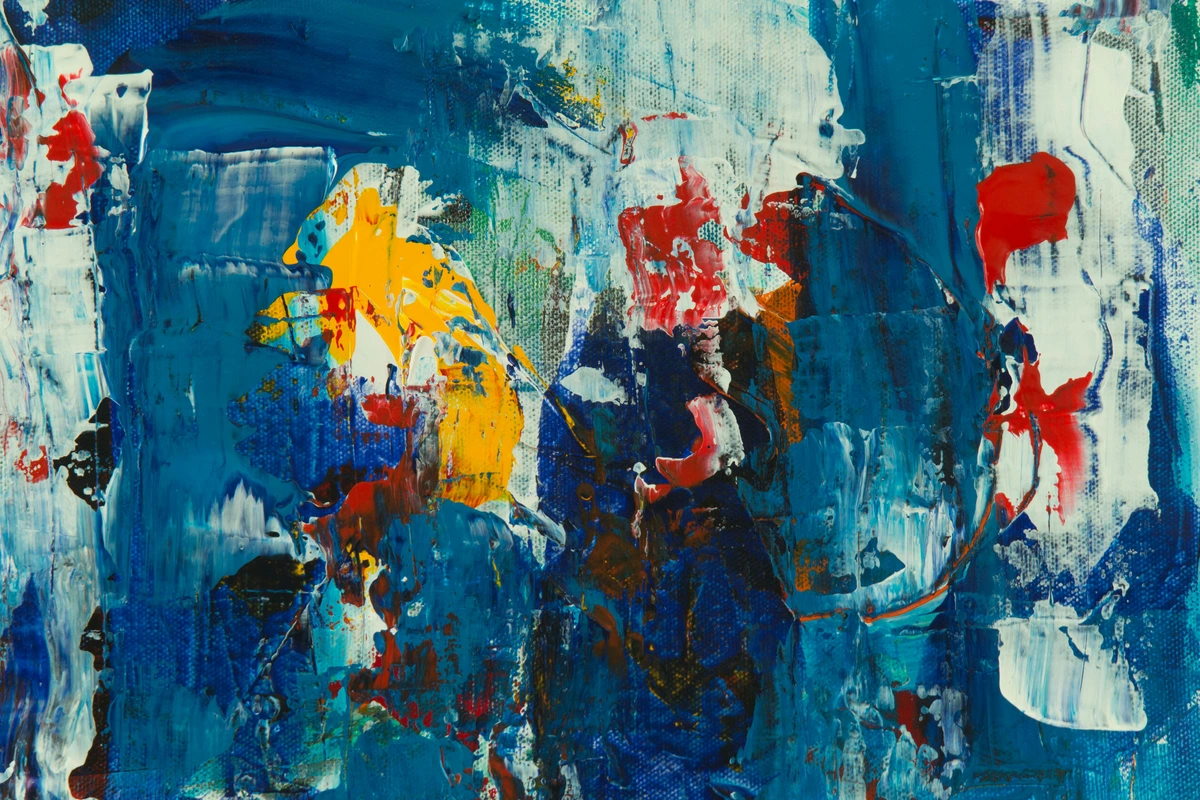
Color Unleashed: Bold, Pure, and Unapologetic
Then there's the color. Oh, the sheer audacity of these colors! Because they're so highly pigmented, the colors are incredibly vibrant and intense. They sing! They practically leap off the canvas, demanding attention. I love how I can blend them directly on the surface, pushing two colors together with my finger or a blunt tool to create soft transitions or unexpected harmonies. Once, I was blending a deep cerulean blue with a fiery cadmium red, and instead of the muddy mess I sometimes get with tube oils, it created this astonishing, almost electric violet that I could never have planned. It's a very intuitive way to explore color relationships, far less precious than mixing on a palette. It really lets me get straight to the heart of how artists use color to evoke feeling and create impact. What unexpected color harmonies are waiting to be discovered on your canvas?
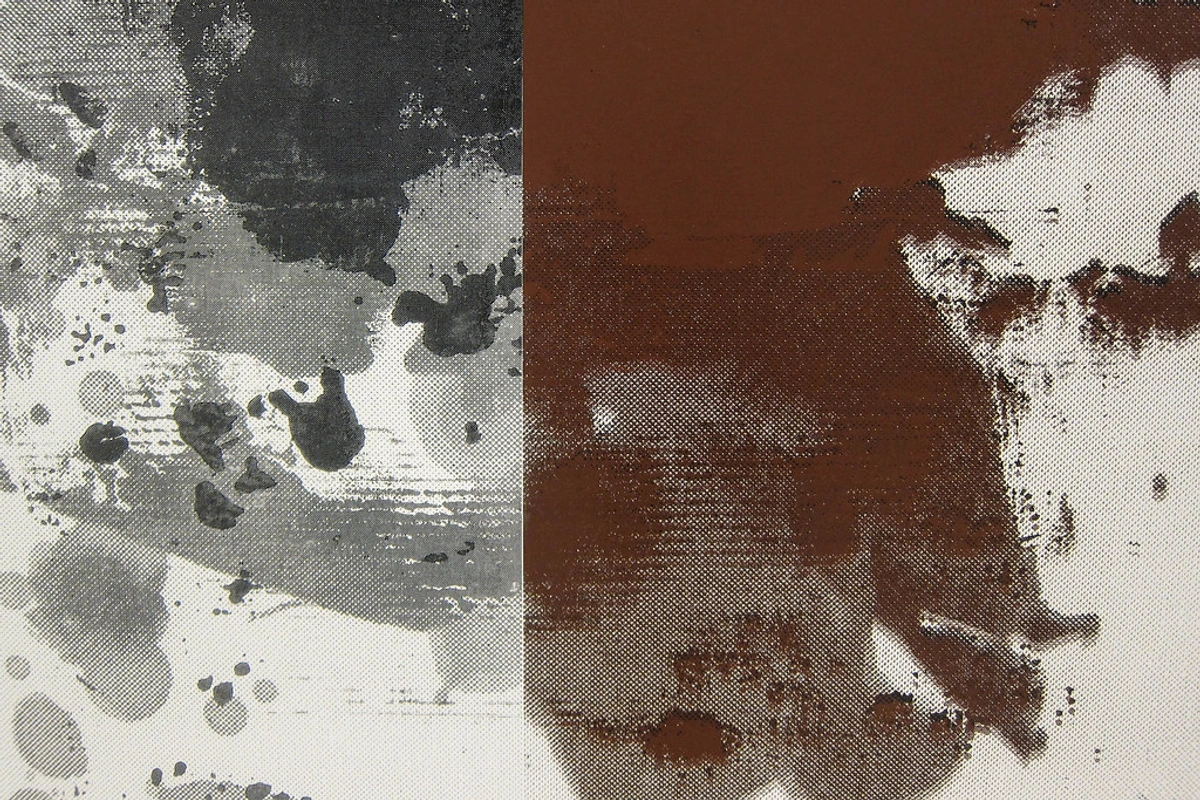
Spontaneity & Mark-Making Freedom
This directness in color application, and the sheer joy of working hands-on, naturally leads to a more spontaneous approach to mark-making. No brushes means no clean-up between colors (mostly – a rag is still your friend, trust me!). This immediate transition from one color to the next encourages a fluid, uninterrupted creative flow. I find myself making bolder, more expressive marks. It's less about controlled strokes and more about intuitive gestures, a delightful wrestle between intention and accident. This kind of raw, uninhibited mark-making feels incredibly honest, almost like drawing with pure paint. Honestly, my studio gets a bit wild when I'm in the thick of it – smudges on my hands, streaks on the table, it's all part of the beautiful chaos.
My Favorite Techniques with Pigment Sticks for Abstract Art
So, how do I actually use these magical sticks? Well, the beauty is in their versatility. Here are a few ways I integrate them into my abstract world:
- Direct Drawing and Mark-Making: This is the most straightforward and often my starting point. I use them like giant crayons, sketching directly onto the surface, creating bold lines, scribbles, or blocks of color. The sheer physicality of pushing the stick across the canvas is liberating.
- Blending and Smudging: Pigment sticks are incredibly blendable. I often use my fingers (gloves are recommended, but sometimes the direct touch is too tempting!), a paper stump, a soft cloth, or even silicone shapers to blend colors on the surface. You can achieve smooth gradients or beautiful, mottled effects. For smoother blending or to create washes, a little solvent like odorless mineral spirits or turpentine can be carefully applied with a brush or rag. Just a small amount can transform the stick's thick application into a more fluid paint.
- Sgraffito and Scraping: Because they lay down a thick layer, pigment sticks are perfect for sgraffito (scratching through a layer of paint to reveal the color underneath). I use various tools – a palette knife, the back of a brush, or even a sharpened stick – to create interesting lines and textures. It adds a wonderful sense of history and depth to the piece. If you're keen to learn more about this technique, check out what is sgraffito in art.
- Layering with Other Mediums (Mixed Media Heaven): This is where pigment sticks really shine for me. They play beautifully with other mediums. I often start an abstract piece with acrylics, building up some foundational layers. Once the acrylic is dry, I go in with pigment sticks to add rich, expressive marks, pops of intense color, and tactile texture. Now, here's a crucial bit of wisdom, often learned the hard way: the "fat over lean" principle. What does that mean? Basically, you always want to apply "fatter" layers of paint (those with more oil content and slower drying times, like pigment sticks) over "leaner" layers (less oil, faster drying, like acrylics or gesso). Imagine trying to paint a delicate watercolor on a greasy frying pan – it just won't stick properly, or worse, it'll eventually crack! So, pigment sticks, being oil-based, adhere best as a top layer over fully cured water-based mediums like acrylics or gesso. This prevents potential cracking or adhesion issues as the layers dry at different rates and with different flexibilities. I've explored this idea quite a bit in my journey with mixed media: blending materials for abstract expression, and pigment sticks are a consistent star.

A Few Things I've Learned (The Hard Way, So You Don't Have To)
As with any new artistic love affair, there have been a few lessons learned along the way – some by design, and some, shall we say, through wonderfully messy accidents. Like any new tool, there's a bit of a learning curve, but it's a fun one. I once tried to quickly blend a large area with my bare hands and ended up looking like I'd wrestled a rainbow for a week – a valuable lesson in glove usage, or at least strategically placed rags! Here are some of my takeaways:
- Drying Time is a (Slow) Thing: Remember, these are essentially oil paint. They dry much slower than acrylics. This can be a blessing (more time for blending!) or a curse (don't touch it if you don't want to smudge it!). Plan your layers accordingly. Patience, my friend, patience. While the surface might feel dry to the touch after a few days or weeks, the thicker layers underneath can remain wet for months, even a year. This "through-drying" process is crucial to understand, especially before varnishing.
- Surface Matters: I've found they work best on rigid, prepared surfaces like cradled wood panels, heavy-duty paper, or properly primed canvas. The tooth of the surface – that slight roughness – really grabs the pigment, giving you more control and richer application. I always make sure my canvases are well-primed. While I stick to traditional surfaces, some adventurous artists might even explore mediums like stone or concrete, though proper preparation for oil adhesion becomes even more critical then. However, for expansive, smooth washes, pigment sticks might not be your first choice; their inherent chunkiness means achieving perfectly flat, brushstroke-free areas can be a delightful challenge, but often better achieved with liquid oils and brushes.
- Embrace the Mess (It's Your Artistic War Paint): This is not a neat medium. Your hands will get messy. Your studio might get a little messy (my rags look like abstract paintings themselves!). But that's part of the fun, right? It's a tactile experience, and sometimes, a little controlled chaos is exactly what the abstract soul needs. Consider it your artistic war paint, a badge of honor from the creative battlefield. It reminds me of the power of imperfection: embracing accidents and evolution in my abstract art.
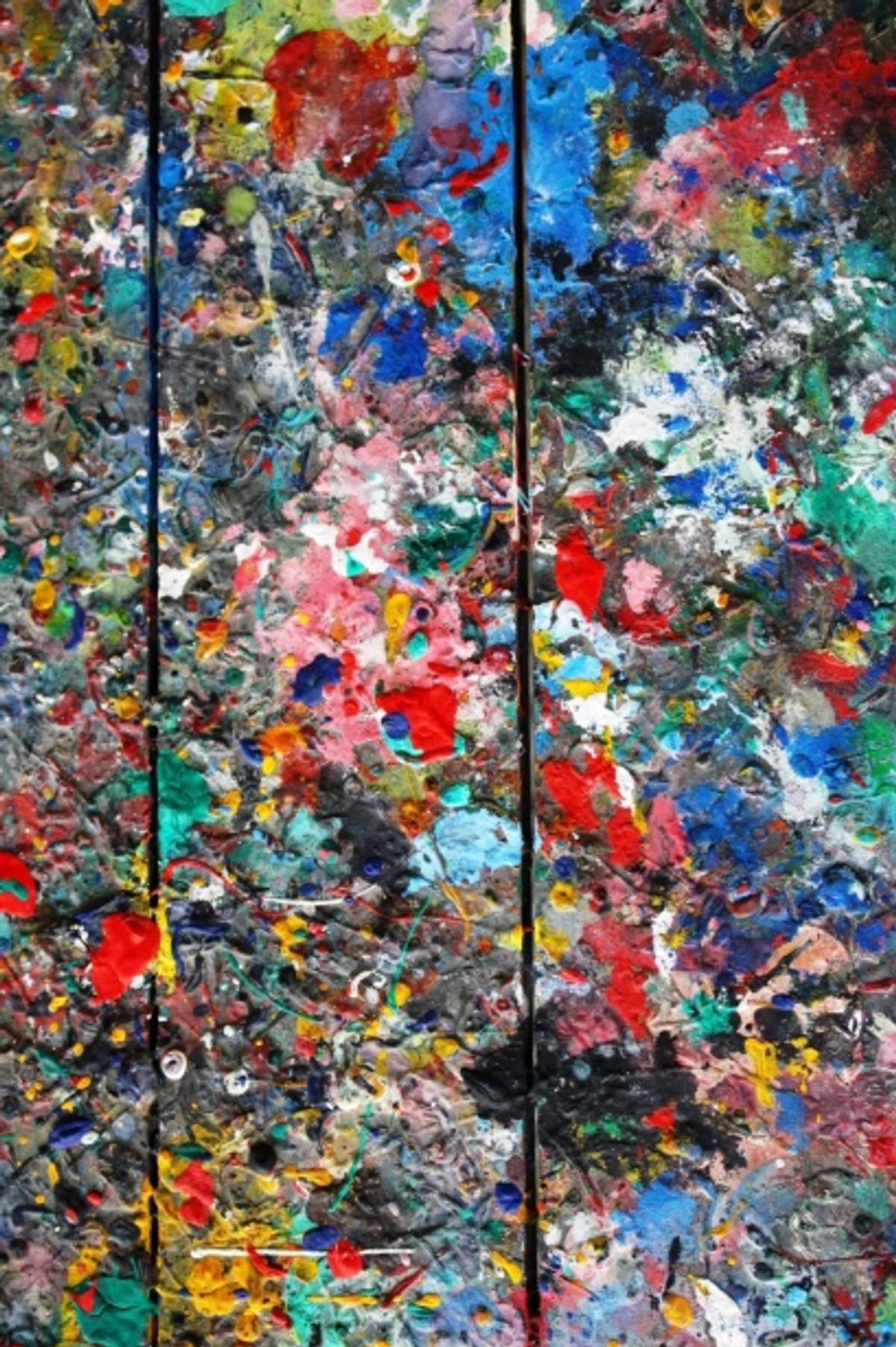
- The Scent of Creativity: Unlike acrylics, pigment sticks carry the distinct, often pleasing, aroma of oil paint. For some, it's the smell of a creative sanctuary; for others, it requires good ventilation. Always be mindful of your studio environment, especially if you're sensitive to oil paint fumes, even if you're using odorless mineral spirits.
- Cost Considerations: Pigment sticks, especially artist-grade ones from reputable brands, can be a more significant investment per stick compared to a tube of student-grade acrylic. However, their high pigment load and direct application mean a little can go a long way, and the distinct qualities they offer are often worth the price for serious artists. Think of it as investing in a specialized tool for specific effects.
- Varnishing: Once your work is completely dry (and this can take weeks or even months for thick applications – remember the "slow dry" rule!), you'll want to varnish it to protect it. Make sure you use a varnish specifically designed for oil paintings.
- Permanence and Lightfastness: Most reputable pigment stick brands, like those mentioned earlier, offer excellent lightfastness, meaning the colors will resist fading over time. Always check the lightfastness ratings on the individual stick labels (usually indicated with ASTM ratings) to ensure the longevity of your artwork.
- Storage Savvy: To keep your pigment sticks fresh and prevent them from drying out prematurely, store them in airtight containers or wrap them tightly in wax paper. Keeping them away from direct sunlight and extreme temperatures will help maintain their creamy consistency for longer.
- Safety First: While pigment sticks reduce solvent use, some techniques still involve them. Always ensure good ventilation in your studio when working with solvents. Properly dispose of solvent-soaked rags by allowing them to dry flat in a well-ventilated area before putting them in a sealed, non-combustible container to prevent spontaneous combustion.
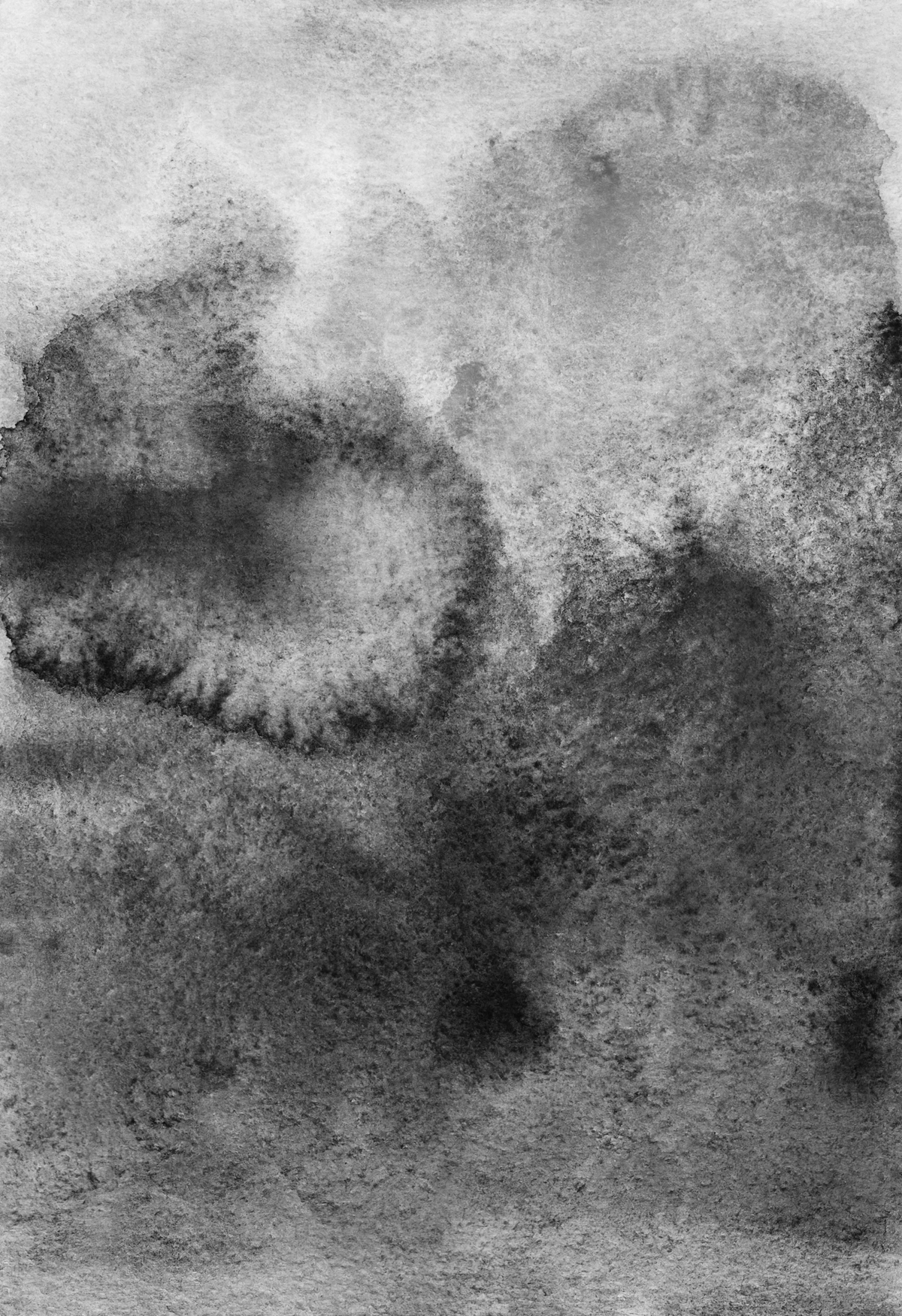
FAQ: Your Burning Pigment Stick Questions, Answered
Q: Are pigment sticks the same as oil pastels?
A: Not quite! While they look similar and both have an oil base, pigment sticks are closer to actual oil paint in stick form, with a much higher pigment-to-binder ratio and less wax than oil pastels. This gives them a richer, creamier consistency, greater color intensity, and often better lightfastness. Crucially, it also allows them to be thinned with solvents like traditional oils, which oil pastels cannot. Think of oil pastels as distant, waxy cousins, while pigment sticks are more like direct descendants of pure oil paint itself.
Q: Do pigment sticks dry?
A: Yes, they do, but on their own sweet, oily time! Like oil paints, they dry by oxidation (reacting with air). The drying time depends heavily on the thickness of the application and the specific pigments used. Thin marks might be surface-dry in a few days, but very thick layers can take several months, sometimes even a year, to fully cure throughout. Patience is definitely a virtue here.
Q: What surfaces can I use them on?
A: Pigment sticks are wonderfully versatile! I primarily use them on primed canvas, wood panels, and heavy art paper. They also work beautifully on other absorbent surfaces like cardboard or even stone, as long as it's prepared to accept oil-based media. Just ensure your surface has some 'tooth' for the pigment to grab onto – a completely smooth, non-absorbent surface might leave you feeling a bit frustrated.
Q: Can I use pigment sticks with other mediums?
A: Absolutely! They are fantastic for the definitive guide to mixed media in abstract art: techniques, materials, and contemporary masters. I love layering them over dry acrylics or gesso. You can also combine them with charcoal, graphite, and other drawing media. Just remember the "fat over lean" rule if you're layering with traditional oil paints: always apply "leaner" (thinner, faster-drying, less oil content) layers first, and "fatter" (more oil, slower-drying, like pigment sticks) layers on top. This prevents cracking and ensures a stable paint film over time.
Q: How do I clean my pigment sticks or reactivate them if they get hard?
A: Cleaning pigment sticks is usually just a matter of wiping off excess pigment with a clean rag. If a stick feels a bit hard or crusty on the outside, you can gently scrape off the hardened layer with a palette knife to reveal the fresh, creamy pigment underneath. It's like peeling a fruit to get to the good stuff! Some artists also find that gently warming a stiff stick in their hands can temporarily soften it, but avoid excessive heat.
My Final Thoughts on This Wonderful Medium
For any abstract artist looking to inject new energy into their work, I genuinely urge you to give pigment sticks a try. They demand a certain playful abandon, an embrace of the tactile, and a willingness to get a little messy. But the rewards – the incredible depth of color, the luscious textures, the sheer joy of direct mark-making – are immeasurable. They've certainly pushed my own boundaries and opened up new avenues for expression, adding a raw, visceral quality to my paintings that I adore. If you're curious to see how these explorations translate into finished pieces, feel free to browse my art for sale or delve deeper into my artistic journey to see where these experiments lead. And if you're ever in the Netherlands, don't forget to visit my artist's museum in 's-Hertogenbosch. Who knows, perhaps you'll find your own abstract game-changer out there too – that one tool that unlocks a whole new level of your creative game.
